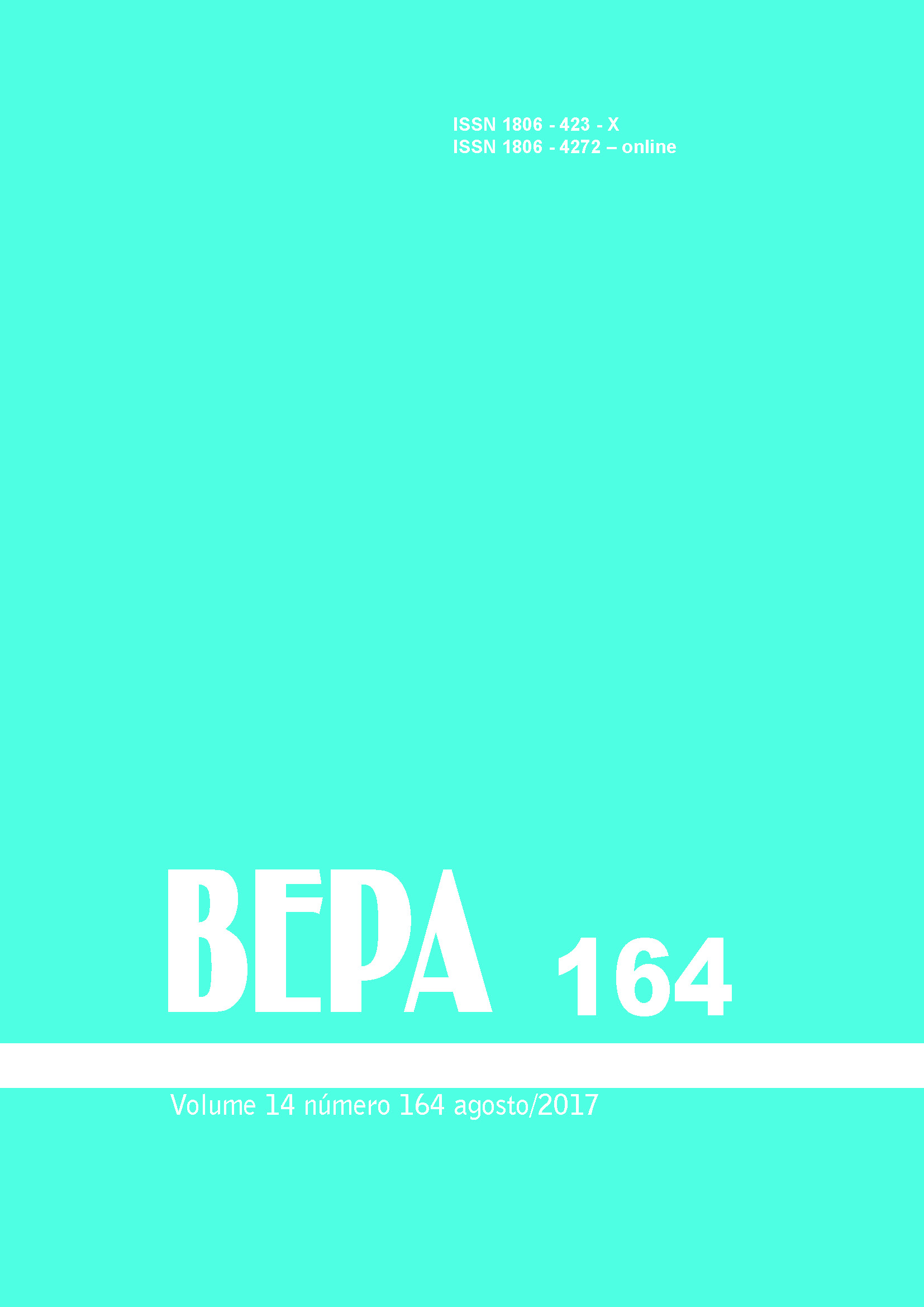Abstract
In 2010, it was introduced a 10-valent pneumococcal conjugate vaccine (PCV10) in
Brazil. Since the introduction of conjugate vaccines, many countries have reported an
increase in Streptococcus pneumoniae serotype 19A (Spn19A) in invasive pneumococcal
disease (IPD) and carriage. The aim of this study was to evaluate the effect of PCV10
introduction in phenotypic and molecular characteristics of Spn19A isolated from IPD
and carriers. From database of Meningitis, Pneumonia and Pneumococcal Infections
Laboratory, Center of Bacteriology, Institute Adolfo Lutz were selected all Spn19A strains
collected in 2005 to 2013 for analysis of prevalence and antimicrobial resistance. Of these,
all invasive isolates of most affected age groups patients by IPD (<5 and ≥50 years) were
selected (n=155) to molecular characterization by Multi Locus Sequence Type. Were also
selected isolates (n=22) of nasopharyngeal carriages from 2010 and 2013. According to
the passive laboratory surveillance data it can be noted that despite the increase in number
of invasive strains of Spn19A, this increase was not significant, ranging from 2.8% in
the pre-vaccine period to 4.4% in the post-vaccination period. There was no significant
decrease in penicillin resistance in strains isolated from IPD (39.5% pre to 30.5% postvaccination), but there was a significant increase in multidrug resistance in these periods
(18.5% - 43.5%). Of the 155 invasive strains in the pre-vaccine period it was observed
prevalence of CC62 (55.2%), mainly related to ST1118; this CC had become widespread in
the five geographical regions of Brazil in this period. In the post-PCV10 period the CC320
(53.1%) was the most frequent, mainly related to ST320, which was also observed in the
five geographical regions of the country. The increase in multidrug resistance was related
to the expansion of this ST. In carriages it was observed prevalence of ST733 (35.7%) in
2010 and ST276 (37.5%), followed by ST320 (25.0%) in 2013. These results suggest a
genetic change in Spn19A after implementation of PCV10 in Brazil. Beside the vaccine
impact, other reasons must be considered, such as the selective pressure of antimicrobials,
the expansion of existing STs and the introduction of new STs.
References
.

This work is licensed under a Creative Commons Attribution 4.0 International License.
Copyright (c) 2017 Ana Paula Cassiolato, Maria Cristina de Cunto Brandileone (orientadora)
